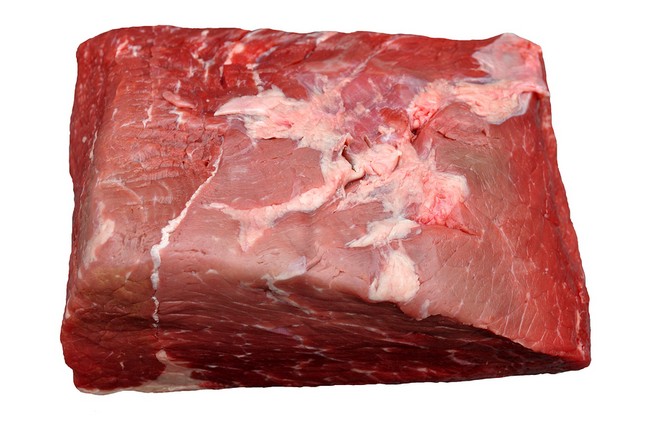- Make It Yourself Lavender Heart-Shaped Bath Bombs!
- 20 Things You Never Knew About “Down There”
- 12 Best Foods For Those Suffering From Arthritis Pain
- 12 Personal Hygiene Mistakes Almost Everyone Makes (Mom Never Told You About #4!)
- 15 Medicinal Plants And Herbs From The Cherokee People
- 12 Mind-Blowing Benefits Of Drinking Coconut Water During Pregnancy
- 12 Outstanding Winter Foods That Won’t Fatten You Up Like A Christmas Turkey
Filet Mignon, London Broil, and What the Heck is That?!

Photo credit: bigstock.com
Just when you think your traditional factory farmed meat can’t possibly get any worse, it does. If something sounds disgusting, gross, and unnatural, it’s probably worse than you imagine, and in this case, that’s true. What are we talking about? Meat glue. No, not glue made from meat by-products, but a type of glue that is used to stick smaller pieces of meat together in order to make a larger piece of meat, or to make interesting shapes, or to piece together things like sausages without using a casing. Does it sound gross? It is, and on top of this, it’s downright dangerous. If you thought pink slime was disgusting, then this might be considered the icing on the cake.
In order to understand how this works, we need to go back to before the cow is slaughtered. Many people are still in the dark when it comes to understanding the difference between factory farmed cattle and grass fed, free range, organic cows. Factory farmed cattle are fed the worst kind of diet imaginable and live in terribly overcrowded, filthy conditions. This forces farmers to feed their cows antibiotics, and tons of them, right up until the day they are killed, to try to fight off disease.
However, most slaughterhouses are not the cleanest of places either, as you can imagine. In fact, if you look at the USDA recall list each year, it’s always very, very long. Why is this? Because factory fed cows often come to the slaughterhouse already diseased, or if they aren’t diseased when they get there, the meat will become contaminated when it comes into contact with the other meat or when it gets dumped on the counters or floors.
The USDA has a very intricate and complicated way of keeping track of all the cows that come from each farm, so that if they do find some meat that is contaminated with, say, E.coli, they know where that animal came from and they can issue a recall for the meat from that animal, or all the animals that were killed from that farm on a particular day.
Continue to Page 2
































